Evaluation
Starting with the Fractal Design Aspect 14 RGB PWM test, we are starting to build a database of 140mm fan results. These may have a smaller market presence due to poorer compatibility, but compared to the 120mm models they have the makings of higher efficiency, which is why they are more popular among many users. The Aspect 14 RGB PWM fan, in addition to its aerodynamic qualities, also fights for customer favour with its lighting.
Evaluation
The final analysis of the Fractal Design Aspect 14 RGB PWM fan might be a little different than what you’re used to. This is because we have no competing model in its (140-millimeter) format to compare yet. But this does not automatically mean that a useful evaluation could not be constructed. Especially when we work with the results of 120mm fans and with the assumption that a top-of-the-line 140mm fan should be more efficient (with higher airflow per unit of noise) than a top-of-the-line 120mm fan. Average 140mm fans should then approach the above-average 120mm ones, below-average 140mm fans the average 120mm ones and so on. And how does the Aspect 14 RGB PWM look from such a perspective?
At lower speeds (below about 950 rpm) the 140mm Fractal Design fan is in some circumstances nipping at the heels of the top-notch 120mm fans, and at very low speeds (around 600 rpm), in terms of efficiency, it even beats them. Without obstacles, the Aspect 14 RGB PWM is at the very ceiling in the quietest of the test modes so far, with 5% more airflow than the DeepCool FK120. At higher speeds, though, the Aspect 14 RGB PWM fan can’t keep up with this fan anymore. For the reason that it doesn’t have that much smaller outer cross-section of the rotor (among 120mm fans it is one of the largest) and in addition the smaller DeepCool (FK120) fan has more efficiently curved blades.
The design of the Aspect 14 RGB PWM is “traditional”, the airflow streams are projected at a wider angle, resulting in more intense friction and more pronounced microturbulence in the frame area, making it noisier in these locations. And in testing where the fans being compared are aligned to the same noise level, this is inherently disadvantageous. Still, the Aspect 14 RGB PWM is a fairly decent 140mm fan that we can recommend for system cooling inside cases. We say this based on, among others, the results with dust filters, which do not significantly degrade its airflow.
With a plastic filter, it beats even the best 120mm fans at equal noise level every time. And by every time, in this case I mean even at higher speed settings, where the Aspect 14 RGB PWM’s airflow-to-noise ratio is clearly the most attractive. Combined with a grille, however, it’s not so cheerful and the cooling performance on radiators will also be mediocre for the format. The smaller Aspect 12 RGB PWM is also such a fan (average among 120mm fans), compared to which the Aspect 14 RGB PWM has the edge only due to its larger air passage cross-section.
Sometimes the 120mm Aspect is closer to 140mm in efficiency than it might be if the Aspect 14 RGB PWM had more robust blades. These are only proportionally larger compared to the Aspect 12 RGB PWM, the thickness of the material is the same. And this is the weak point for which there is more undulation at the tips of the blades, which mainly encourages resonant sound frequencies. In combination with the environmental resistance created by a radiator, the “rumbling” frequencies (around 125 Hz) are excessively intense at medium speeds and then at higher speeds it’s the “humming” ones (around 380 Hz). More undulation (same as, for example, on the shorter/more rigid blades of the Aspect 12 RGB PWM) is also responsible for more intense transmission of vibrations to the frame. However, it’s nothing terrible (the force applied to the frame is quite small due to the lighter rotor as well) and we dare to predict that most 140mm will generate higher vibrations than the Aspect 14 RGB PWM at comparable speeds. Still, these fans could use rubber corners (which this fan doesn’t have), which while they wouldn’t eliminate vibration completely, would at least dampen it to some extent.
In the end, however, it is fair to say that, given that this is a visually attractive fan to a significant extent due to the the ARGB LED lighting, it is in the price range of under 20 EUR, and the features relating to efficiency are therefore attractive as well. Sure, it is quite far to perfection, but then again, the competition from 140mm fans is quite small, and in time we may find that there aren’t many significantly better alternatives for this kind of money.
English translation and edit by Jozef Dudáš
| Fractal Design Aspect 14 RGB PWM |
| + Suitable for every use case |
| + Decent price/cooling performance ratio for a lighted fan |
| + Cooling efficiency (airflow/pressure per unit of noise) at a very high level |
| + Sometimes beats even the most efficient 120mm models as a system fan at low speed |
| + Very high efficiency even with dust filters |
| + Wide speed range |
| + Virtually noiseless operation of bearings and motor |
| + Rotor lighting. High luminosity on top of that |
| + Long cables with two connectors for complete connection of an additional fan |
| - Considering the size of the blades, the material used is stretched too thin... |
| - ... because of this, resonant frequencies are induced especially on radiators |
| - Higher minimum speed (~ 550 rpm) |
| - Does not support passive mode, does not "turn off" at low PWM intensity |
| - Does not have anti-vibration pads |
| Approximate retail price: 18 EUR |
- Contents
- Fractal Design Aspect 14 RGB PWM in detail
- Basis of the methodology, the wind tunnel
- Mounting and vibration measurement
- Initial warm-up and speed recording
- Base 6 equal noise levels…
- ... and sound color (frequency characteristic)
- Static pressure measurement…
- … and airflow
- Everything changes with obstacles
- How we measure power draw and motor power
- Measuring the intensity (and power draw) of lighting
- Results: Speed
- Results: Airlow w/o obstacles
- Results: Airflow through a nylon filter
- Results: Airflow through a plastic filter
- Results: Airflow through a hexagonal grille
- Results: Airflow through a thinner radiator
- Results: Airflow through a thicker radiator
- Results: Static pressure w/o obstacles
- Results: Static pressure through a nylon filter
- Results: Static pressure through a plastic filter
- Results: Static pressure through a hexagonal grille
- Results: Static pressure through a thinner radiator
- Results: Static pressure through a thicker radiator
- Results: Static pressure, efficiency by orientation
- Reality vs. specifications
- Results: Frequency response of sound w/o obstacles
- Results: Frequency response of sound with a dust filter
- Results: Frequency response of sound with a hexagonal grille
- Results: Frequency response of sound with a radiator
- Results: Vibration, in total (3D vector length)
- Results: Vibration, X-axis
- Results: Vibration, Y-axis
- Results: Vibration, Z-axis
- Results: Power draw (and motor power)
- Results: Cooling performance per watt, airflow
- Results: Cooling performance per watt, static pressure
- Airflow per euro
- Static pressure per euro
- Results: Lighting – LED luminance and power draw
- Results: LED to motor power draw ratio
- Evaluation




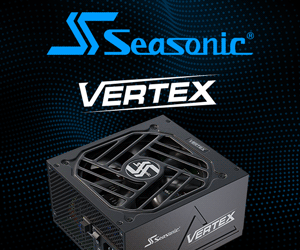
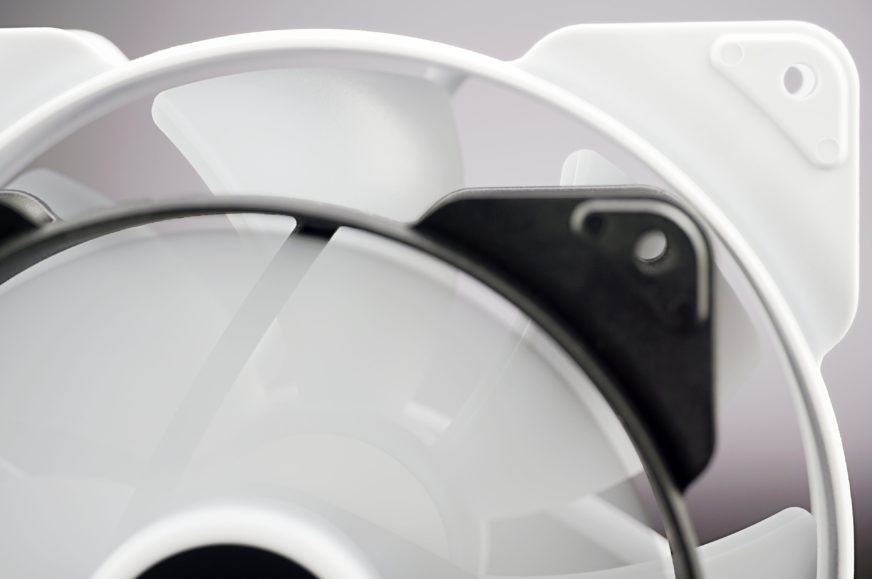
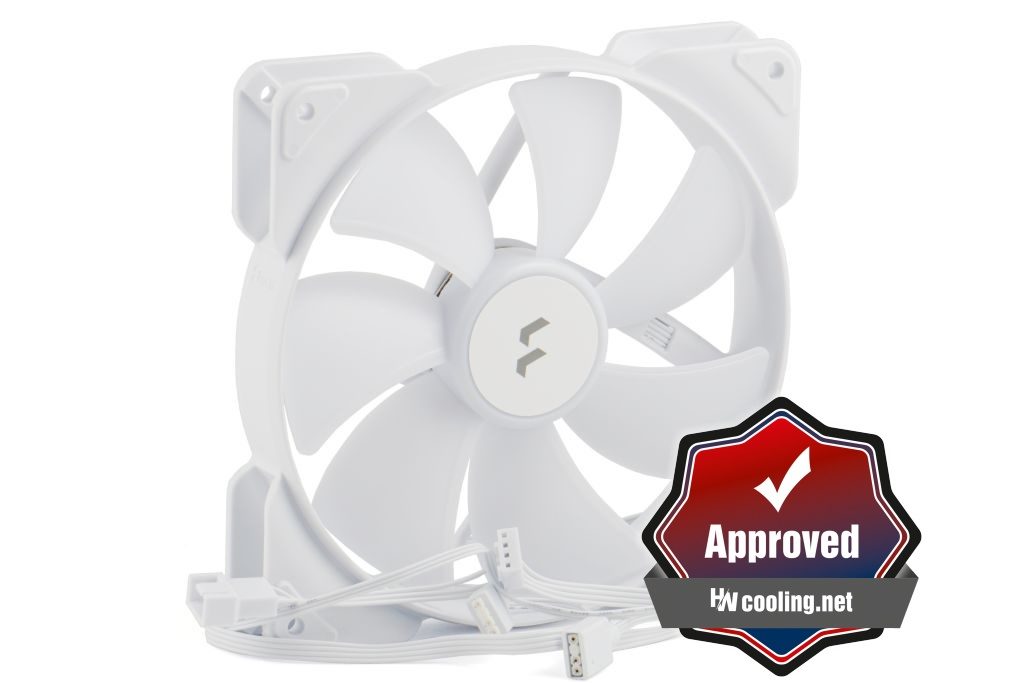
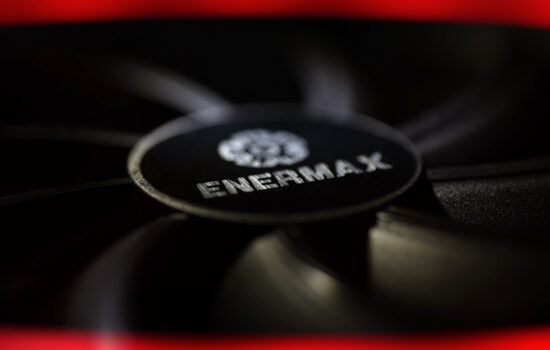
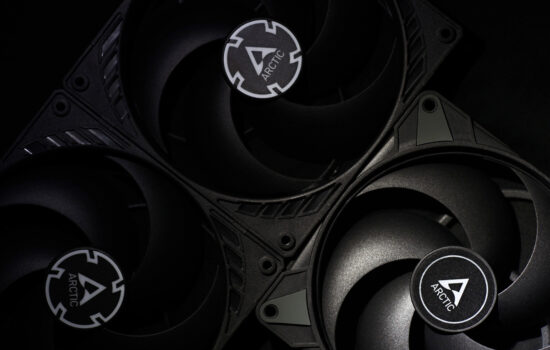
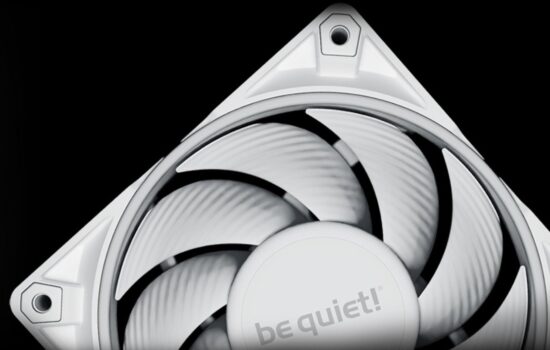
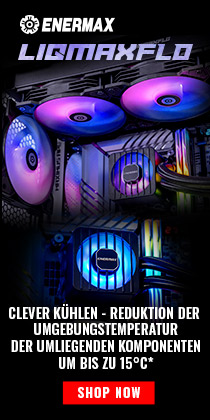
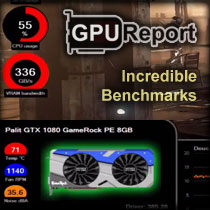
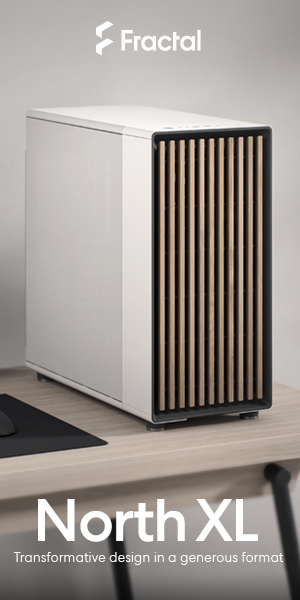
Brilliant review. I’m speechless. You guys take cooling seriously